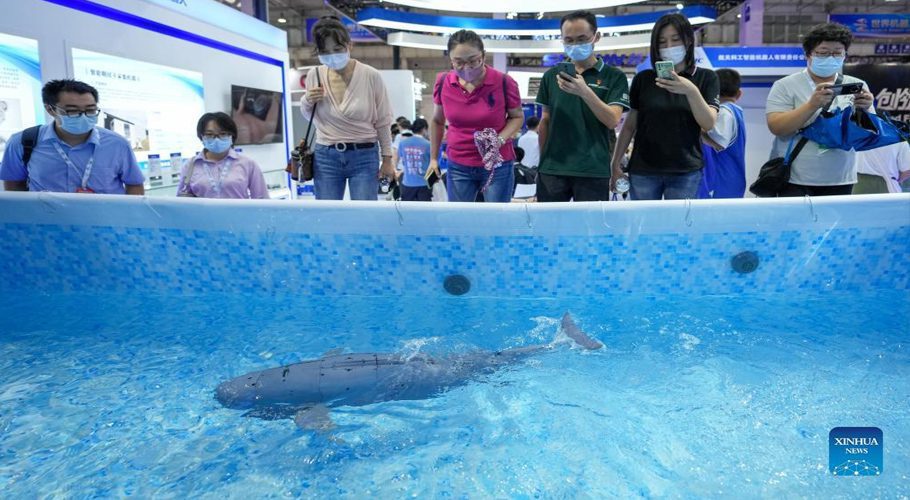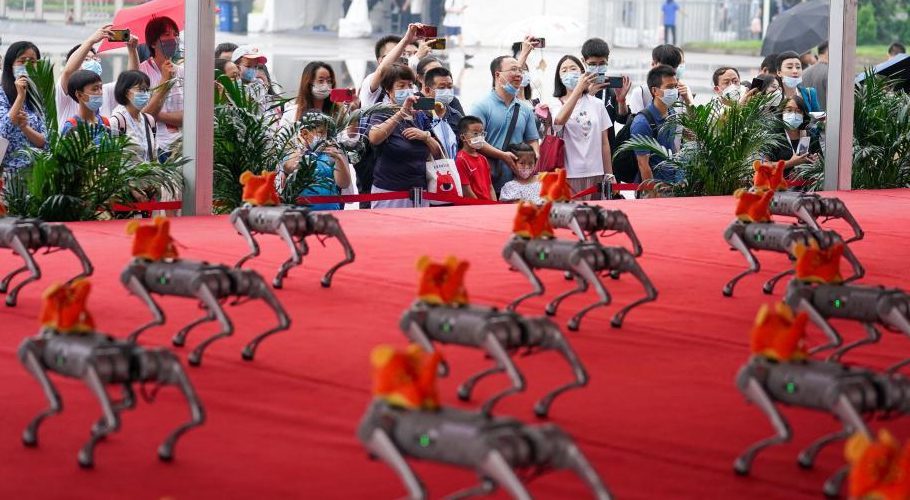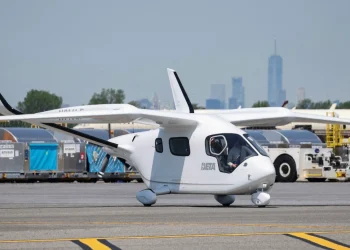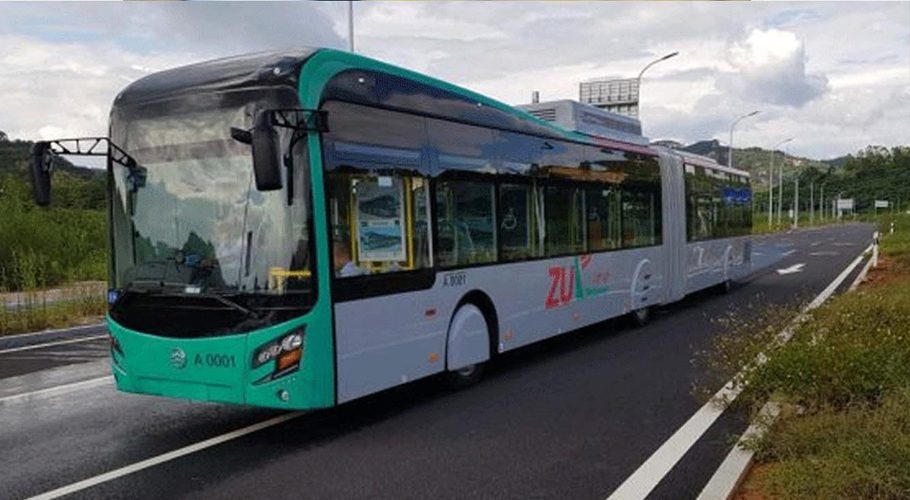BEIJING: The 2022 World Robot Conference has kicked off in Beijing, featuring the latest technologies and innovation in robotics. Zheng Chunying has more on the use of robots in medicine and what the future of healthcare might look like.
Tapping emerging markets was also on the minds of some 130 Chinese and foreign exhibitors at the World Robot Conference 2022, where they were showing off everything from drones and humanoid bots used in search-and-rescue missions to robot servers and exoskeletons for the health care sector.
VIDEO: Covid tests and dancing cyber-dogs: China’s Robot Expo kicks off.
A robotic arm built to collect human samples for Covid-19 screening, a barista robot and dozens of dancing cyber-dogs were among the highlights of the annual World Robot Conference that opened on Thursday pic.twitter.com/gBP7LiZE19
— AFP News Agency (@AFP) August 19, 2022
Industrial robots that can help assemble a car or lift boxes still account for the bulk of sales among operators in China, which is the world’s biggest market.
But homegrown robot makers are increasingly eyeing the service and health care sectors, thanks in part to government policies aimed at turning China into an innovation hub by 2025.
Rising labor costs and advancing technology have seen robots deployed in Chinese kitchens or even serving up coffee with robotic arms. Robots are also being pressed into service for everything from firefighting to delicate surgery.
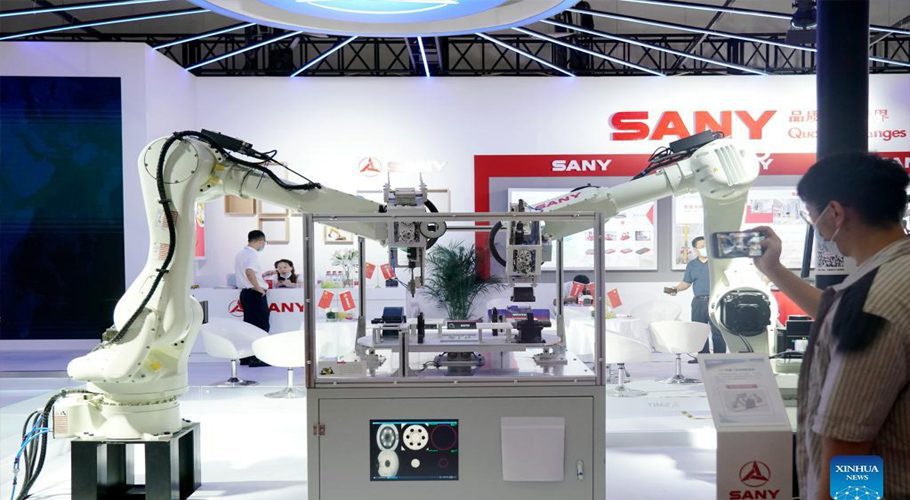
“We have the market advantage and the first-move advantage in terms of technology,” Shuai Mei, chairwoman of Beijing AI-robotics Technology, said on the sidelines of the show, which kicked off Thursday in China’s capital.
The company is a leading maker of exoskeletons and other wearable robotic devices used in the health care sector to help patients regain movement or medical staffers lift an elderly person.
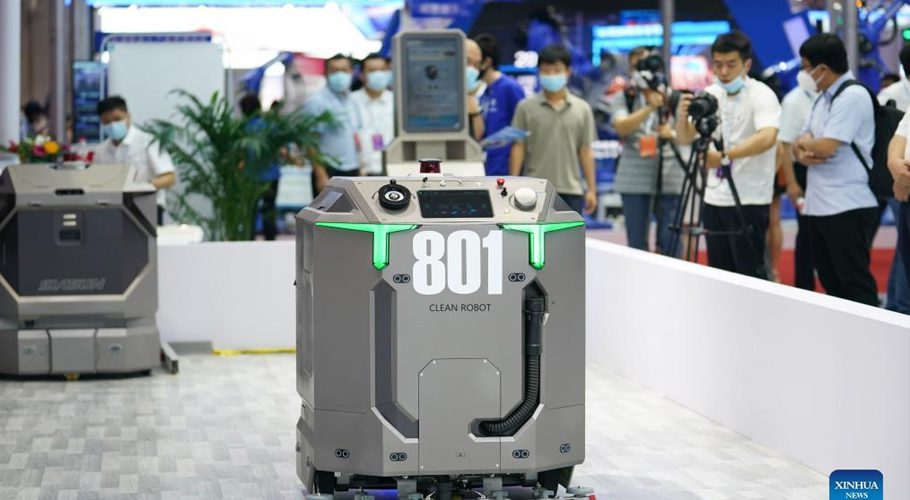
Costs have been a barrier, with the price tag for a full-body exoskeleton topping more than 1 million yuan ($147,000). But Shuai said AI-robotics has been cutting production costs to about one-tenth of their previous level and is now offering some wearable products for around 100,000 yuan apiece.
China’s production of industrial robots topped 330,000 units from January to November last year, surging 49% from a year earlier, according to the National Bureau of Statistics.
In 2020, the country was ranked first globally for sales of industrial robots by the Frankfurt-based International Federation of Robotics, with industry operating income that year topping 100 billion yuan for the first time, industry data showed.
